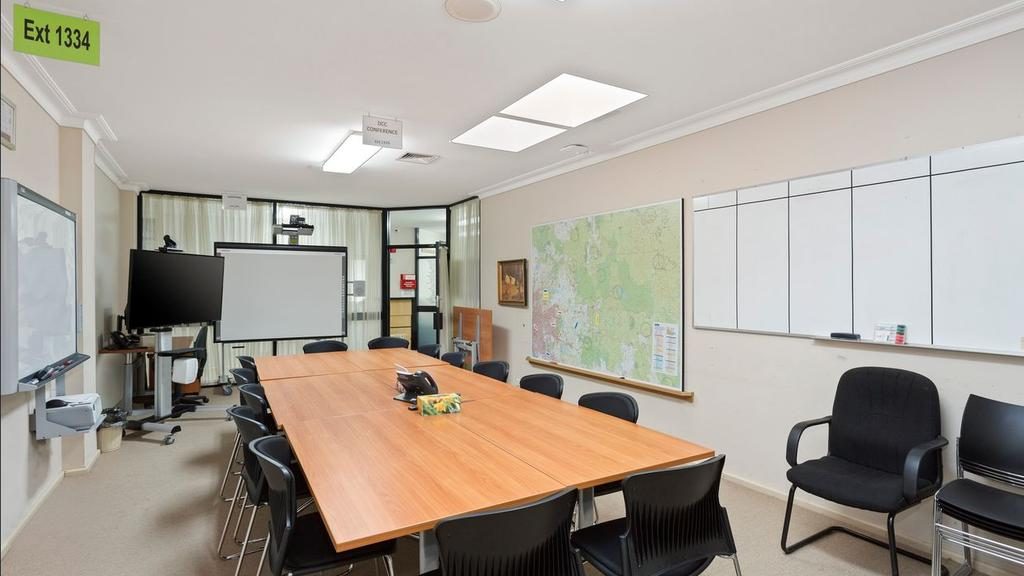Landlords move to ‘pandemic proof’ commercial properties

Savvy landlords and businesses are pandemic-proofing their offices using short-term fixes, but some are going the extra mile and introducing innovative changes to adapt to the “new normal”, according to experts on the ground.
Plastic screens and taped social distancing cues have become the norm as people head back to work, but many organisations are also changing layouts, experimenting with touch-less entryways, virus-proof surfaces, and anti-bacterial air conditioners.
JLL’s head of consulting Asia Pacific Tony Wyllie says office owners and tenants are already reporting a range of responses.
“The first approach to workplace re-entry is probably the minimalist approach, where organisations are not doing much more than staggering or splitting their workforce into shifts so they can lower densities to meet social distancing requirements,” he says.
“The second approach is what I’m referring to as the tape and Perspex approach.
“We’re seeing a lot of tape being put down to ensure social distancing, Perspex screens being put up, or ‘sneeze screens.”
However, Wyllie says educating the workforce on hygiene should be a high priority as well as introducing permanent changes to prepare for the “new normal”.
“We’re seeing some people feel that putting tape and Perspex up is not going to make it a very productive space for their people and will create concern over whether it is safe or not,” he says.
“So, redoing some minor reconfigurations – maybe putting up some walls where you’re closing off more open plan areas so you’re putting a new corridor, or a new wall in.”
Meanwhile, large spaces like meeting rooms and breakout areas can be repurposed for additional desks.
Wyllie also says the types of surfaces used should be considered when renovating in the post-pandemic workplace.
“There’s a lot of research already done on materials,” he says.
“Some of the harder metal materials are easier to clean, but they let the virus survive longer.”

Building owners are moving to ‘pandemic proof’ their properties.
In terms of technology, Charter Hall’s Andrew Borger says his company is installing touchless entryways in some buildings and researching what changes can be made in the bathroom to improve hygiene.
“On average, there are nine touch points using a cubicle within a toilet at the moment,” he says.
“We’re looking at a design now to get that down to three and we think with further technology we can get that down to zero.
“Also, we are currently using an app on many of our own tenancies, and on many projects where you can use your phone as a way of entering the buildings.
“You’re not actually touching anything at all.”
Another high-tech innovation to look out for according to Borger, is anti-bacterial air conditioners.
This includes heating, ventilating and air conditioning systems using Blu-ray that “can actually kill up to 99% of any bacteria that comes into the system”, Borger says.
With different challenges facing every workplace the Australian Government has released guidelines to help landlords and business owners as the country transition back to the office.
Plans for 23 specific industries have been posted on the Safe Work Australia website.







